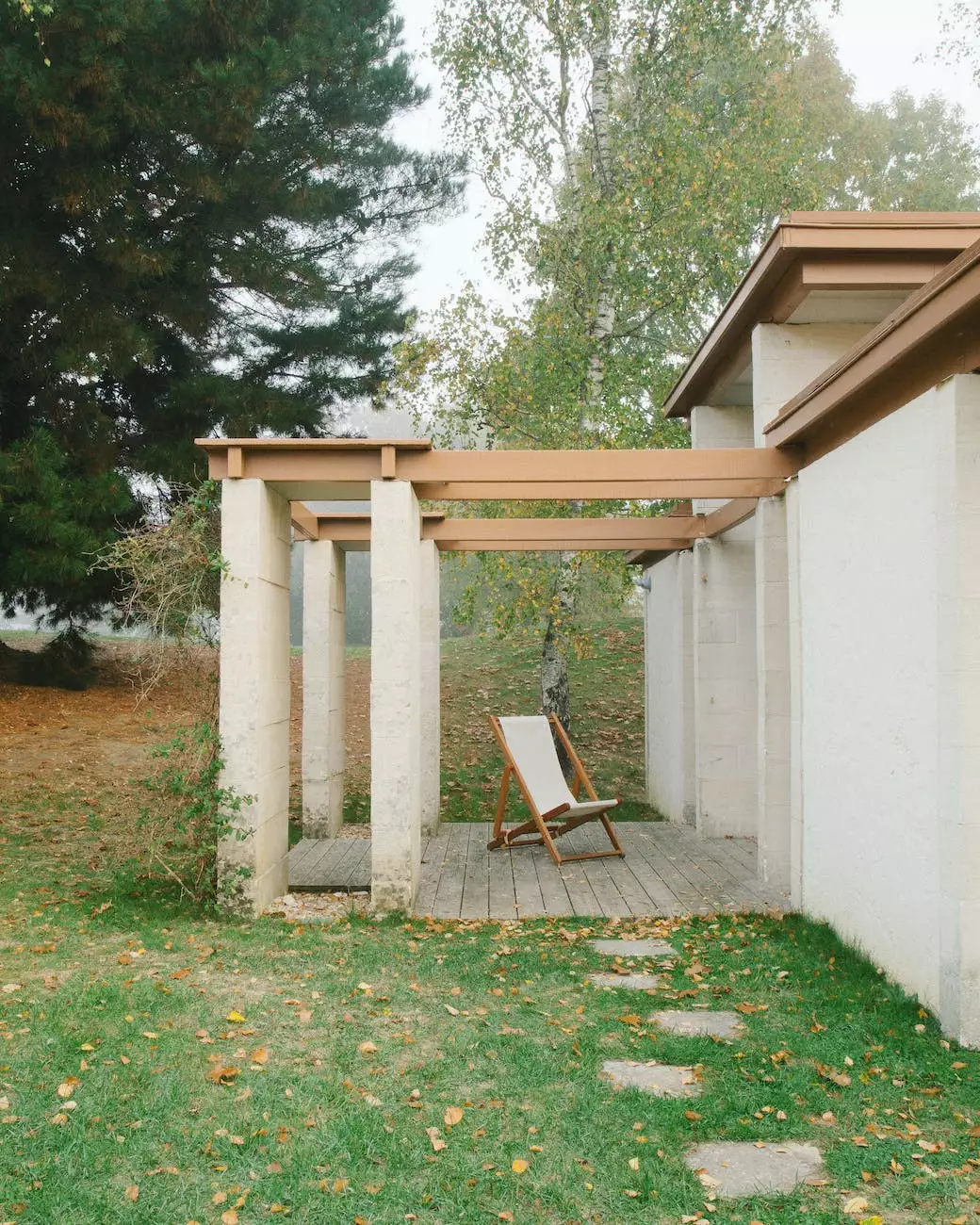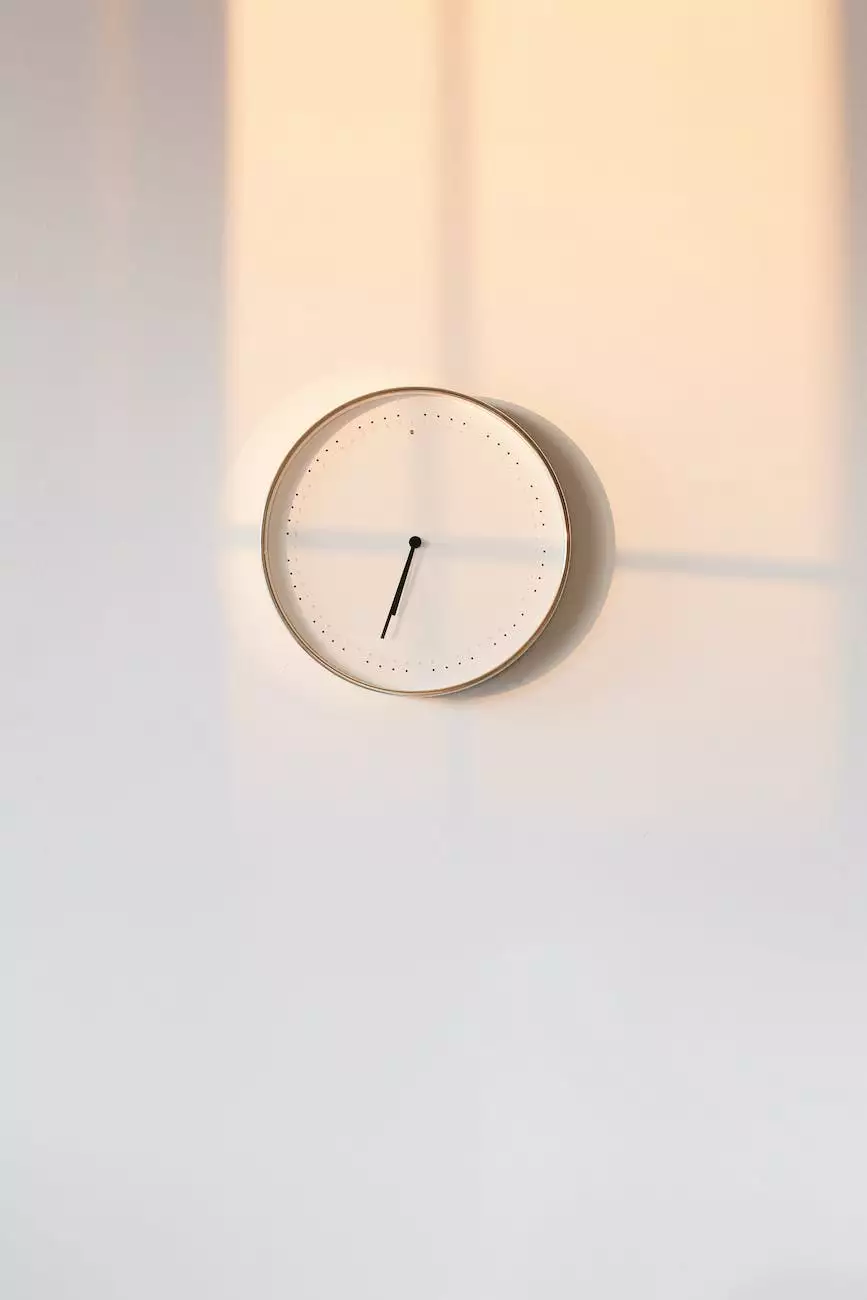To Trail or Train: Skills to Manage Your Vining Houseplants

Welcome to Cutting Hedge Services, your go-to resource for all things related to maintaining and beautifying your indoor plants. In this comprehensive guide, we will explore the essential skills you need to effectively trail or train your vining houseplants. Whether you're a beginner or an experienced plant enthusiast, our expert tips and guidance will empower you to nurture and showcase the full potential of your vining houseplants.
1. Understanding the Nature of Vining Houseplants
Vining houseplants are characterized by their delicate and elongated stems that grow in a trailing or climbing manner. These plants possess a natural tendency to attach themselves to objects, such as trellises, walls, or other nearby structures, using their aerial roots or tendrils. Understanding their growth patterns and specific needs is crucial for effectively managing and styling these beautiful plants.
2. Assessing Light Requirements
Proper lighting is vital for the health and growth of vining houseplants. Most species thrive in moderate to bright indirect light conditions. However, it's essential to research and understand the specific light requirements of your particular plant species. Assessing the lighting conditions in your home, considering factors such as natural light sources and artificial lighting, will help you position your vining houseplants in the most suitable spots.
3. Choosing the Right Support Structures
Trail or train your vining houseplants effectively by selecting the appropriate support structures. Depending on your plant's growth habits, you can use various options such as trellises, moss poles, stakes, or wall-mounted hooks. These structures provide stability and guidance for your plants to climb or trail, enabling you to create stunning indoor displays while preventing damage to your furniture or walls.
4. Pruning Techniques
Regular pruning is a crucial skill when it comes to managing vining houseplants. Pruning helps control the plant's shape, size, and overall health. It promotes branching and encourages new growth, resulting in fuller and more attractive foliage. Learn the proper techniques such as pinching, heading back, or selective pruning to maintain your vining houseplants' desired appearance.
5. Watering and Humidity Considerations
Developing a watering routine tailored to your vining houseplants is essential for their well-being. Each species has different moisture requirements, so understanding their specific needs is crucial. Factors like potting mix, pot size, and humidity levels in your home will also influence watering frequency. Strike a balance between preventing overwatering and providing adequate moisture to promote healthy growth.
6. Fertilizing Techniques
Applying appropriate fertilizers to your vining houseplants helps maintain their vitality and overall health. Assess the nutritional requirements of your plants and choose a balanced fertilizer that provides essential elements like nitrogen, phosphate, and potassium. Develop a fertilizing schedule and use organic or slow-release fertilizers for optimal results.
7. Training Methods
Training your vining houseplants requires patience and gentle guidance. Depending on the type of vine, you can use techniques such as pinching, tying, or coiling to achieve the desired appearance. Regularly monitor your plant's growth and adjust your training methods accordingly. As you master this skill, you'll be able to create stunning visual displays and make the most of your indoor space.
8. Troubleshooting Common Issues
While managing your vining houseplants, it's important to be aware of common issues that may arise. Problems like pests, diseases, and nutrient deficiencies can affect the health and appearance of your plants. Familiarize yourself with common symptoms and adopt preventive measures to ensure your vining houseplants thrive.
Conclusion
Congratulations! By now, you have developed a comprehensive understanding of the essential skills required to trail or train your vining houseplants effectively. At Cutting Hedge Services, we are confident that armed with this newfound knowledge, you'll be able to create stunning indoor displays and enjoy the beauty and benefits of vining houseplants in your home. Remember, practice makes perfect, so don't be afraid to experiment and discover what works best for you and your plants. Happy gardening!










